A lot of dishes and sweets use walnuts, but did you know there are local dishes that use them too? In the Tohoku region, there’s a special dish called walnut tofu. It lets you taste the natural flavor of walnuts, and the way you eat it is pretty interesting. Let’s find out more about what makes walnut tofu special and how to make it!
What is Walnut Tofu?
Walnut tofu is a bit different from regular tofu. Usually, tofu is made from soybeans, but walnut tofu is made using walnuts and yoshino kuzu to give it a similar soft and smooth texture.
It’s not the only one made this way—there’s also sesame tofu. But let’s focus on walnut tofu. You can find this unique tofu in places like Esashi, Oshu City, Iwate Prefecture, in the Tohoku region. It might sound like a dessert, but it’s actually a vegetarian dish often served at meals and ceremonies instead of fish.
Traditionally, it was shaped like a cylinder, like slices of fish, and served with radishes. People used to eat it with miso sauce because it’s a bit sweet. But now, walnut tofu isn’t just for vegetarians; it’s also enjoyed at tea ceremonies and as a sweet snack, showing how it’s become more versatile over time.
You can find information, how to make and where to buy Yoshino Kuzu here!
Why Walnut Tofu Wins Hearts in Iwate?
The Unique Charm of Iwate’s Wagurumi Walnuts
Most of the walnuts eaten in Japan come from California or China. But in Iwate Prefecture, they grow a special kind called “Wagurumi.” These Japanese walnuts have a tough shell and are smaller than the ones from other countries. Only about 20% of the nut can be eaten, so they haven’t been sold much until now.
Even though Wagurumi walnuts have less edible part, they have less of the stuff that makes walnuts taste bitter, like tannins and oil. That’s why they’re healthier and easier to eat. People in the area have been enjoying them for a long time, either as they are or by using them to make walnut tofu. Because of these unique qualities, walnut tofu made with these Japanese walnuts is a common and well-loved dish among the locals in Iwate Prefecture.
The Nutritional Powerhouse of Walnuts
Walnuts are a powerhouse of nutrients! They’re packed with omega-3 fats and strong antioxidants like polyphenols and melatonin. Plus, they’re loaded with good fats, vitamins, minerals, proteins, and fiber, and they’re low in sugar and gluten-free, fitting well with modern diets.
Their good fats and fiber help you feel full, making them a great, healthy snack that’s awesome for managing your weight. Among nuts, walnuts stand out for their omega-3s, which help lower bad cholesterol, keep your blood vessels flexible, and boost your brain. Just having an ounce a day covers your omega-3 needs and helps ward off health problems linked to your lifestyle.
History
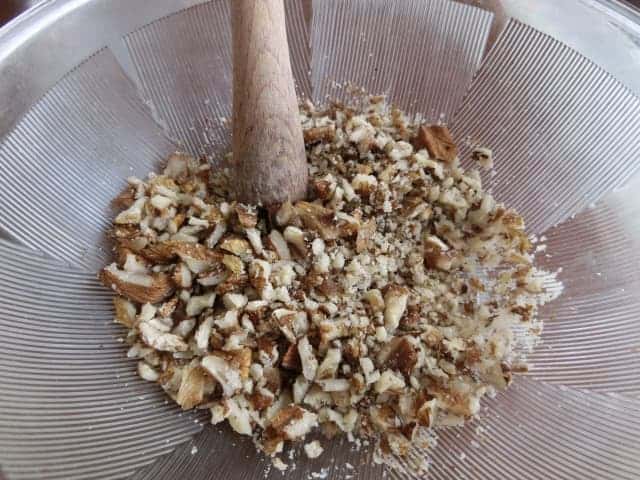
Walnut tofu has a long history in Esashi, Iwate Prefecture, Japan. It started as a special dish for events like Obon and Buddhist memorial services instead of the usual sashimi. To make it, they fill walnuts with water and sugar, then harden it using scrap flour.
People began liking it a lot, and soon, it wasn’t just for special occasions. It became a part of ceremonies and local get-togethers. People usually eat it with shredded daikon radish and a sauce made from sweet miso, ginger, and sugar.
Making walnut tofu takes more effort than making sesame tofu because they have to remove the skin from the walnuts. These local walnuts, called Onigurumi, have less tannins and oil, making the tofu taste lighter.
In Iwate Prefecture, people really love eating walnuts. They often describe them as having a “delicious taste,” showing how much they’re part of the local food culture. Over time, walnut tofu became more than just a special dish; it became a symbol of the region’s food traditions that have been around for a long time.
Walnut Tofu Q&A
- What distinguishes walnut tofu from other tofu variations?
-
Unlike regular tofu made from soybeans, walnut tofu stands out for its use of walnuts as the main ingredient, resulting in a different texture and flavor profile. Walnut tofu boasts a unique taste due to its primary ingredient, walnuts, offering a nuttier and earthier flavor compared to the more neutral taste of soy-based tofu.
- What cultural significance does walnut tofu hold in Esashi, Iwate Prefecture?
-
Walnut tofu carries a rich cultural heritage in Esashi, symbolizing more than just a dish. It embodies traditions of community gatherings, ceremonies, and a connection to local customs and celebrations.
How to make Walnut Tofu?
Ingredients
| Ingredients (for 4 servings) | Amount |
| Yoshino Kuzu | 50g |
| Walnuts | 50g |
| Water | 400 ml |
| Sugar | 90g |
| Salt | 1/8 tsp |
| Ginger | 1 piece |
| A | |
| Potato starch | 1/2 tbsp |
| Sugar | 1/2 tbsp |
| Soy sauce | 1/2 tbsp |
| Water | |
| Sake | 1/2 tsp |
You can find information, how to make and where to buy Yoshino Kuzu here!
Instructions
Place the walnuts in a bowl along with Yoshino kuzu, water, salt, and sugar. Mix them thoroughly until well combined.
Transfer the mixture from Step 1 into a pot and set it on low heat. Continuously knead and stir the mixture for about 20 minutes, ensuring it doesn’t burn, until it thickens.
Pour the thickened mixture from Step 2 into a mold. Allow it to rest undisturbed for approximately 2 hours.
In a pot, combine all the ingredients for Sauce A. Heat the mixture while continuously stirring with a wooden spatula until it thickens to the desired consistency.
Place the molded mixture (from Step 3) onto a saucer or serving dish. Pour the thickened Sauce A (from Step 4) over the molded mixture. Finish by sprinkling grated ginger on top.
Recommended restaurants and stores
Morioka Machiya Monogatarikan “Taishozo” (もりおか町家物語館「大正蔵」)
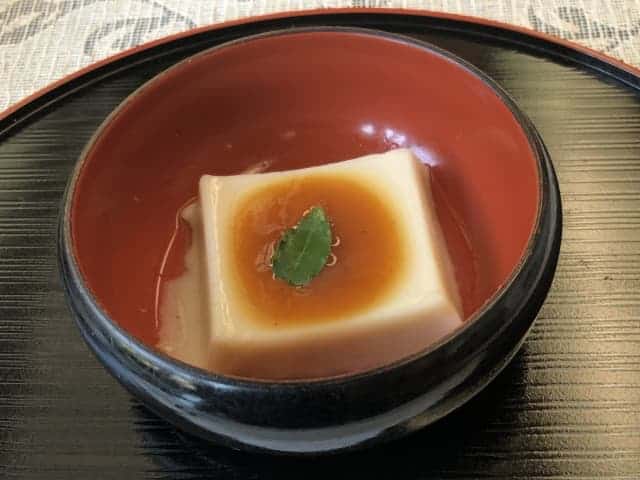
In Hachiya-cho, Morioka, where you’ll find many historic townhouses, there’s a special spot called “Morioka Machiya Monogatarikan.” It’s a place that’s rescued and revamped an old building once used as a sake brewery by the Iwate River. Among the big white warehouses there, Taishozo is one. On its ground floor, you’ll discover Japanese crafts, items aiding reconstruction, delicious treats from Sanriku, and even a place selling that famous walnut tofu.
Sanchoku Raimu-kun (産直来夢くん)
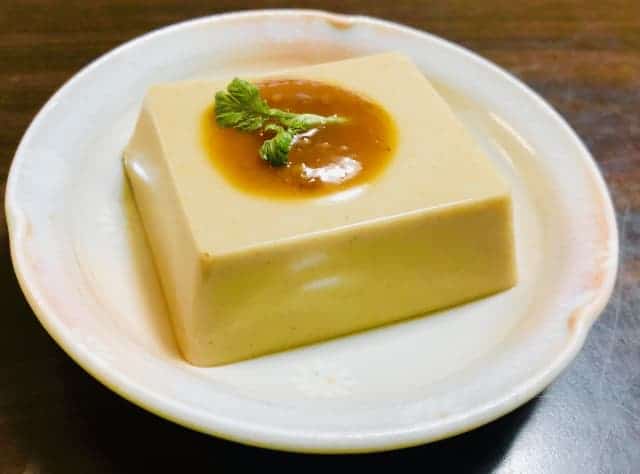
Visit the largest production office in Tohoku, nestled in Mizusawa Ward, Oshu City. They offer a wide array of goods, from diverse agricultural products to various industries. While you’re there, check out the restaurants—they serve unique bread and delicious soft-serve ice cream. And don’t forget to try their renowned walnut tofu!
Natayacho (鉈屋町)
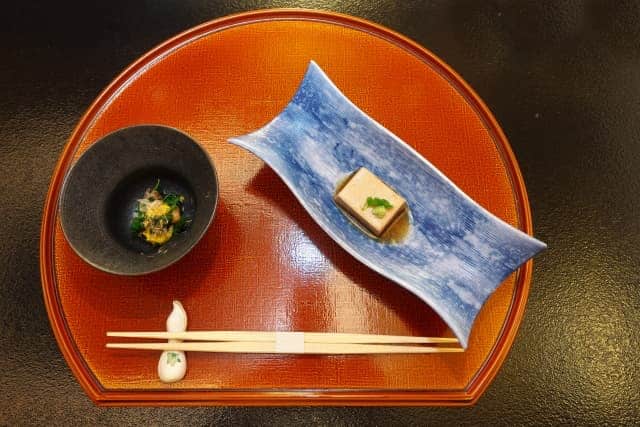
“Yaura” is a refurbished old townhouse in Nataya-cho, Morioka City, serving as one of SAVE IWATE’s activity hubs. They offer Japanese craft products developed through our project. Natayacho closes on Mondays and Tuesdays, and business hours are from 10:00 AM to 4:00 PM.
Takeaway
Walnut tofu, once a veggie dish in Tohoku, mixes walnut’s taste with tofu’s softness. Now, it’s a loved sweet treat. You can buy it online, but with a mortar, you can make it yourself. Just know, making it takes time—like kneading for 20 minutes—so pick a time when you’re free to try it out at home with our recipe!
Find out below for other delicious Japanese tofu dishes!
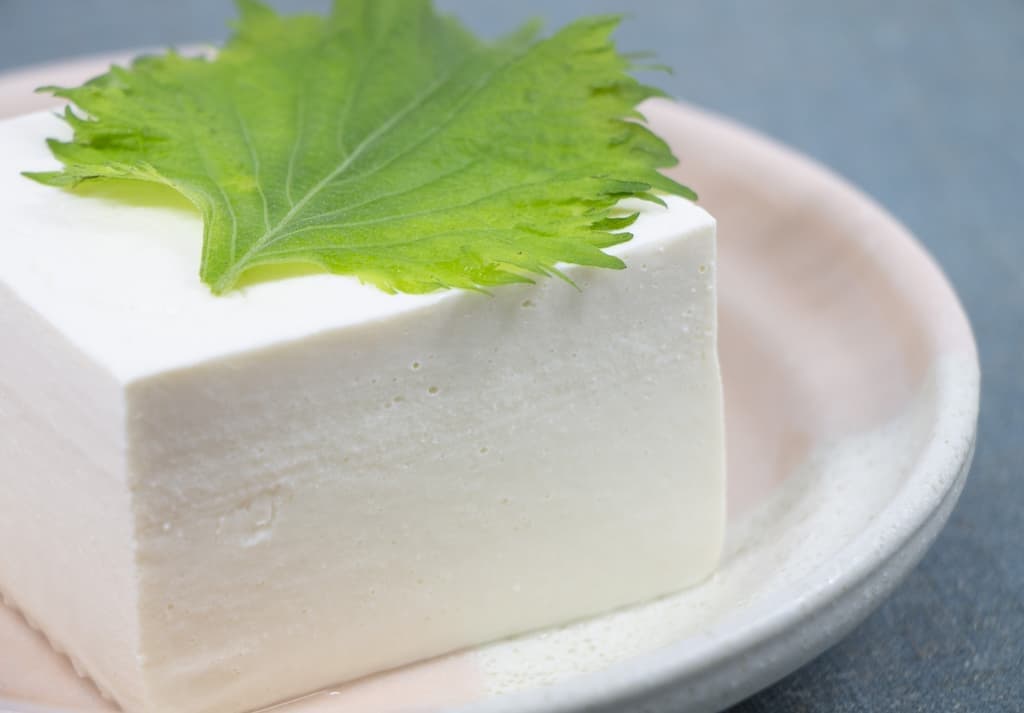
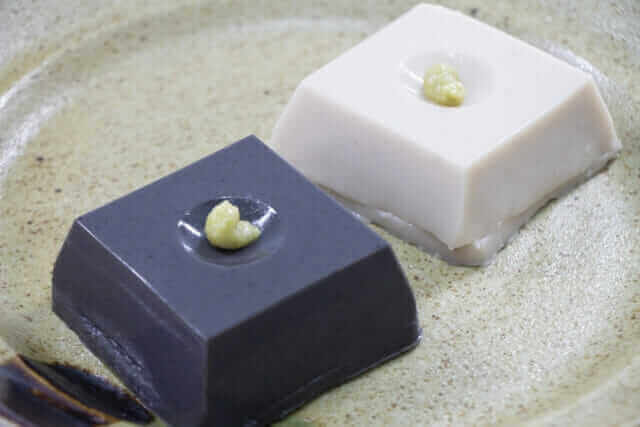
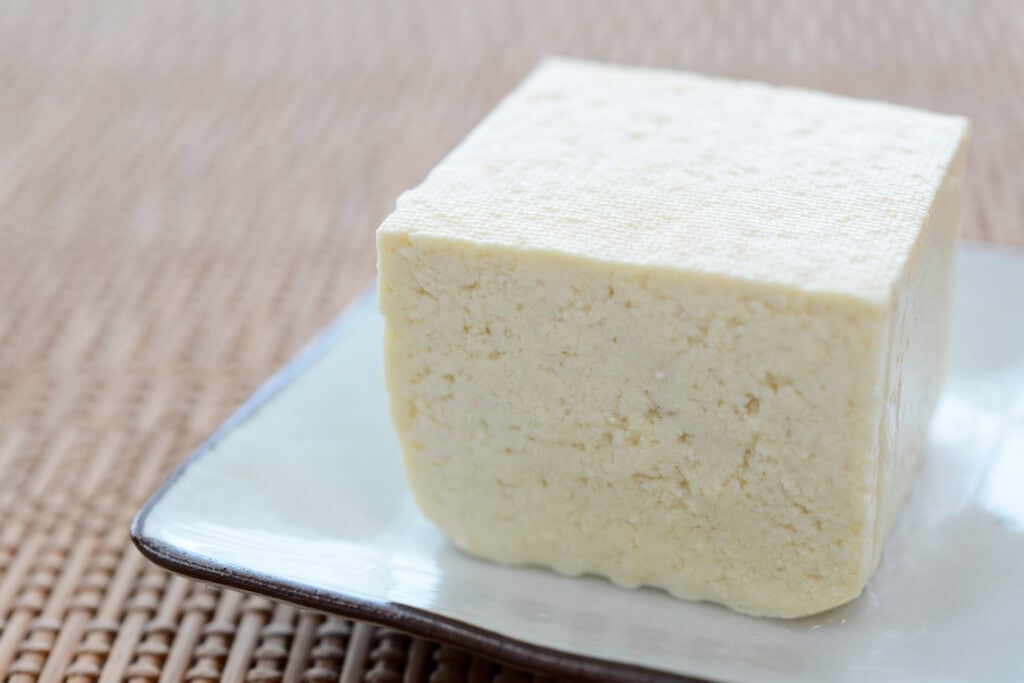
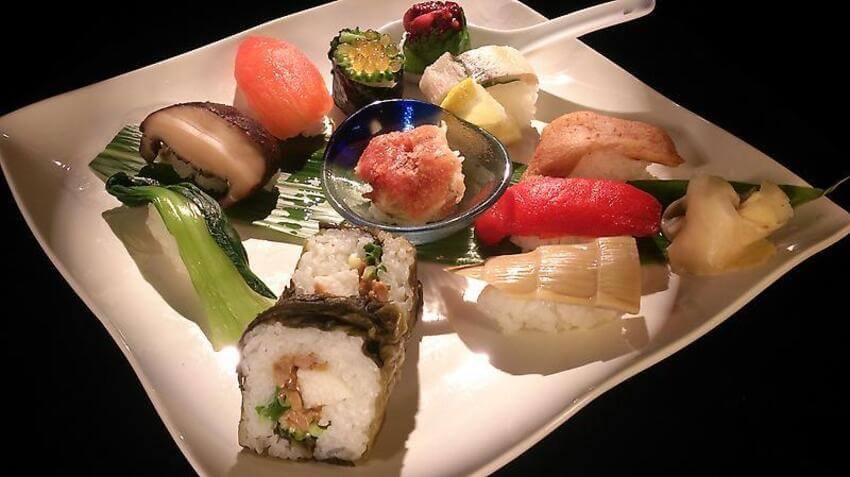





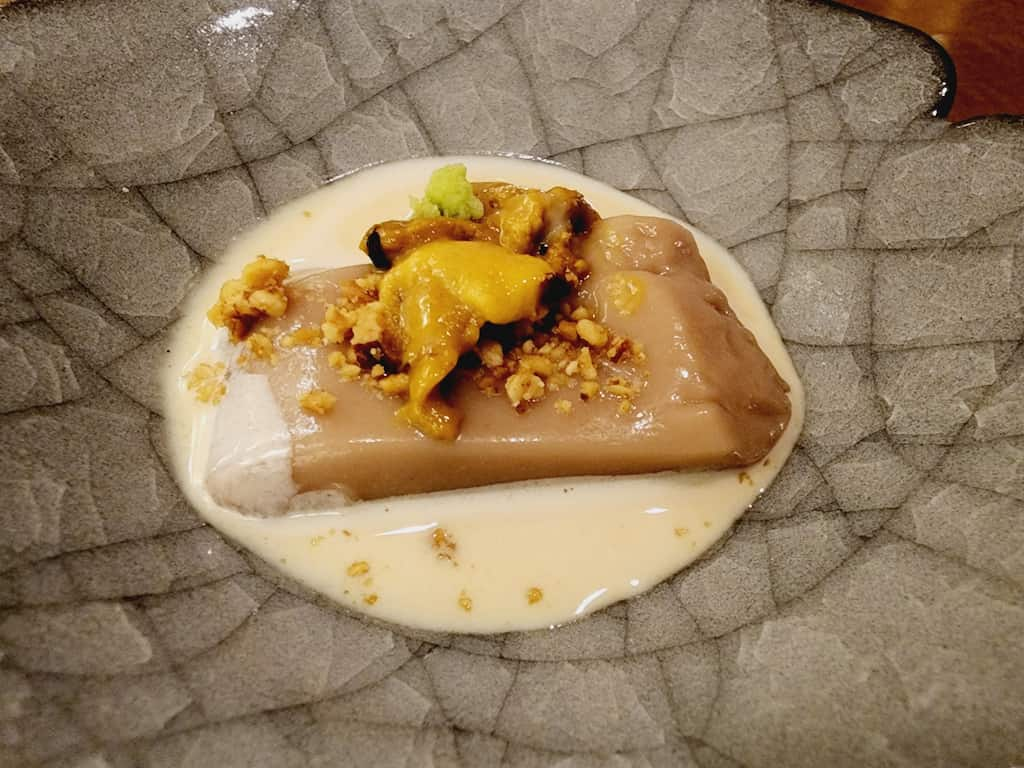
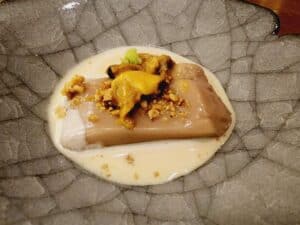
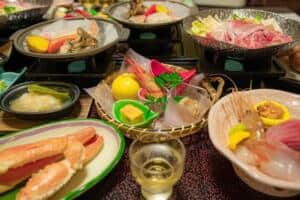
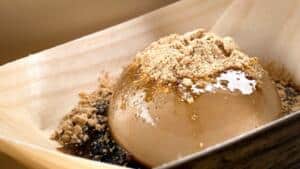
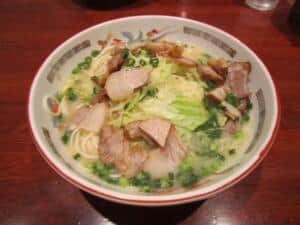
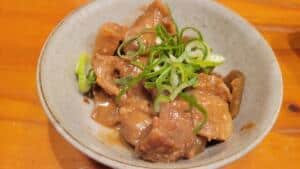
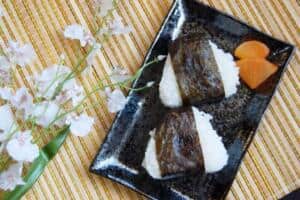
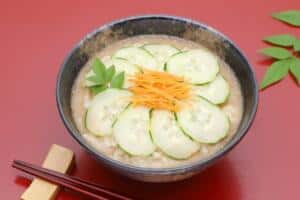
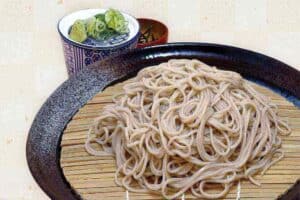
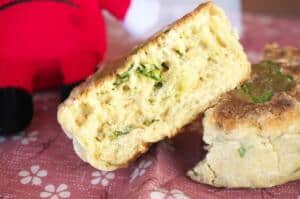
Comments